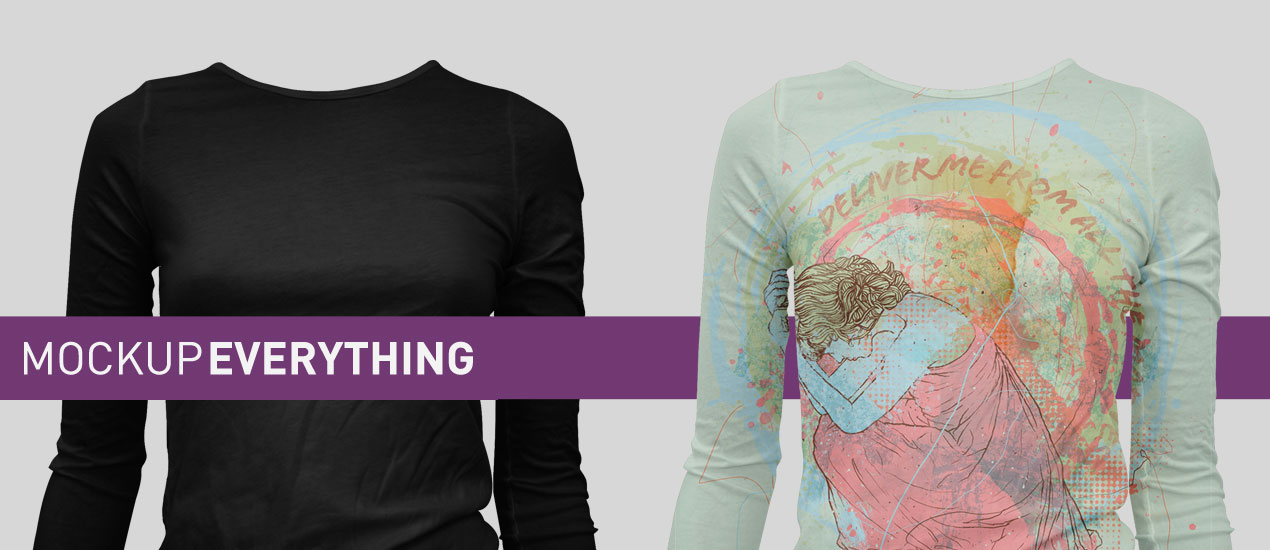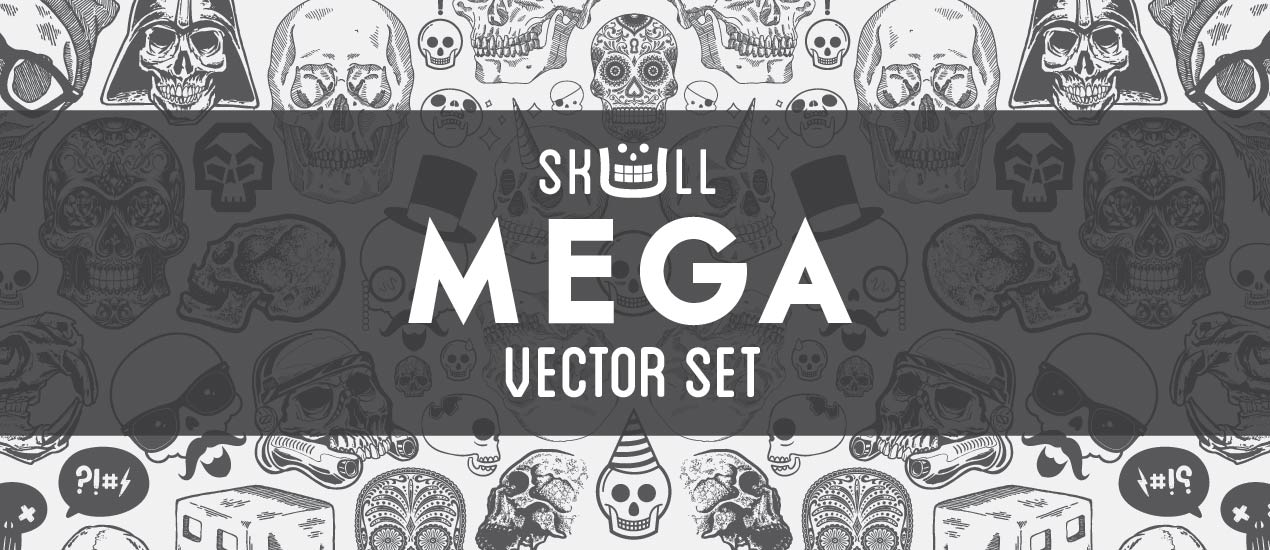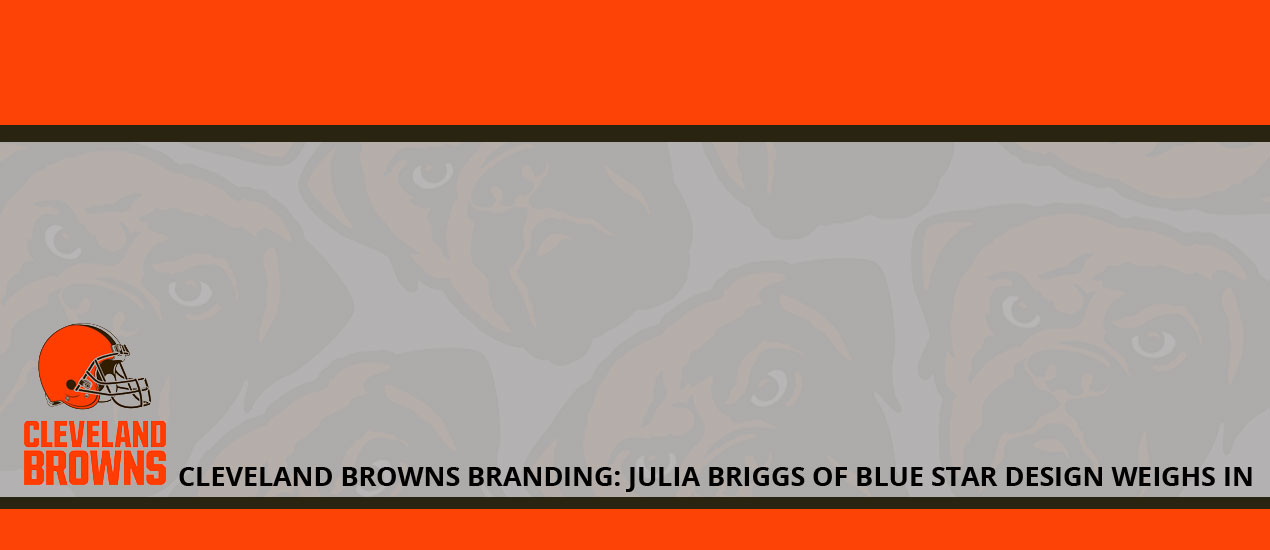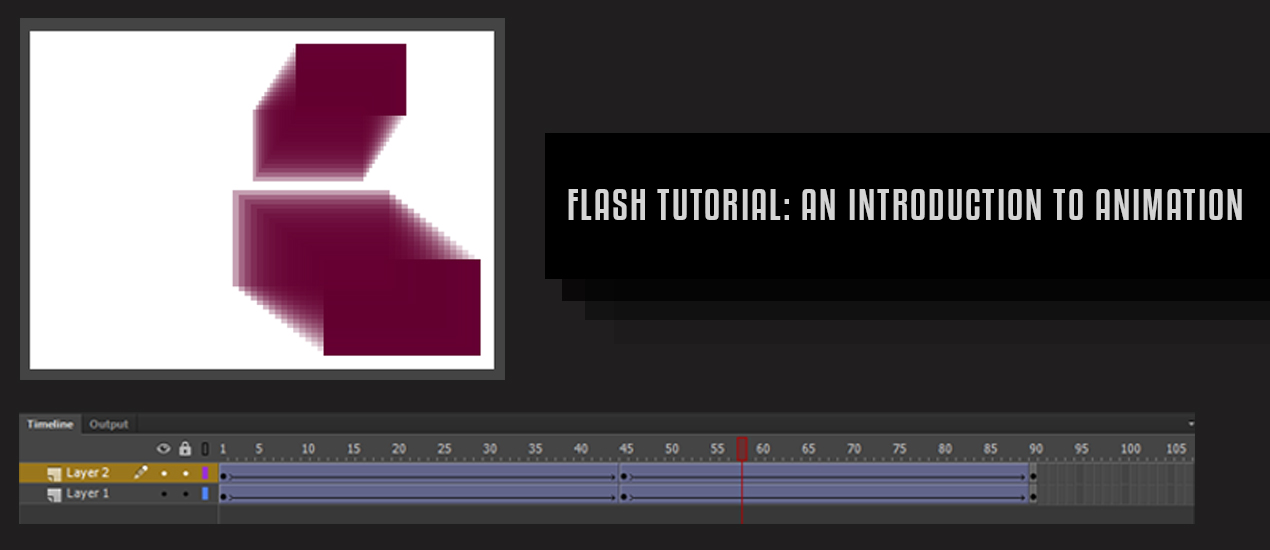Articles by Month: March 2015
Type That’s Good Enough to Eat: An Interview with Danielle Evans
Cleveland graphics firm, Go Media presents An Interview with Danielle Evans Tell us a little bit about your life growing up, creatively speaking. Did you always play with your food? I had a very happy early childhood, and both of my…
- Categorized: Graphic Design
Introducing our Shop Sign Mockup Templates Pack!
Introducing our Shop Sign Mockup Templates Pack! Ever wanted to see your designs mocked up brightly and boldly on shop signs, just as they’d be in real life? We have. That’s why Go Media, your Cleveland brand design services specialists created a Shop Sign Mockup…
- Categorized: News
- Tagged: go media's arsenal
Mockup Everything Releases: March 2015 – Women’s T-Shirt, Crop Top and Hoodie Dress Templates
Women’s T-Shirt Mockups and More! Hello Mockup Everything Faithful, Thanks for stopping by to take a peek at our latest and greatest Mockup Everything templates. Cleveland logo designers, Go Media, is stepping up their game this year, now offering you Pro Users six…
- Categorized: News
98 Skull Vectors You Need Now
Skull Vectors for Days When we first thought to create a new skull vector pack, we thought we’d simply update some of our older stuff. Perhaps add a few new skulls, refresh them and polish them up like a shiny…
- Categorized: News
- Tagged: go media's arsenal
Go Media Podcast – Episode 28 – What’s the deal with Go Media and WMC6?
In this episode, Bryan talks about what Go Media’s been up to over the last few months, explains why the podcast has been a bit silent, and what we’ve got planned moving forward. Plus, he sits down with Heather to talk about WMC Fest 6.
- Categorized: Graphic Design
Branding: More Than Just a Logo
How to Build a Strong Brand Identity What is your brand? Who is your brand? And why should we care? When most people think of a ‘brand’ they think specifically about a logo (known by graphic designers as a ‘mark’)…
- Categorized: Graphic Design, Business Insights
- Tagged: branding, logo design, go media
Design Firm How-To: Writing Your Company Story
How to Write Your Company Story An excerpt from Drawn to Business by Go Media President William Beachy Who are you? What do you do? What makes you different? Who is your ideal customer? What problem are you solving for them? All…
- Categorized: Graphic Design, Business Insights, Tutorials
- Tagged: go media, small business, internet marketing
Announcing our WMC Fest 6 Host: Aaron Sechrist, OkPants
Cover Image by The James Douglas Studio | on Instagram Announcing our WMC Fest 6 Host: Aaron Sechrist, OkPants Thrilling news upon thrilling news. Our venue and date have been announced, our site has been launched and now this. Yes, we’re…
- Categorized: Graphic Design
- Tagged: cleveland
The Characteristics of Excellent Website Design: Experts Weigh In
The Characteristics of Excellent Web Design Options for building a website are plentiful, but finding a team to deliver a creative custom solution on time and on budget is not easy. Here at Cleveland based graphic and web design firm,…
- Categorized: Graphic Design, Web Design
- Tagged: web design, internet marketing
Cleveland Browns Branding: Julia Briggs of Blue Star Design Weighs In
Updated Cleveland Browns Branding Our recent post, “New” Browns Logo Leaves Cleveland Graphic Designers Deflated” collected expert advice from local authorities on the matter including Julia Briggs, CEO and creative lead at Cleveland design firm, Blue Star. Julia is responsible for logo…
- Categorized: Graphic Design
- Tagged: branding, logo design, Cleveland graphic design, cleveland
Cleveland Browns Logo Redesign 2015: Wilson Revehl of Go Media Weighs In
Cleveland Browns Logo Redesign 2015 Our recent post, “New” Browns Logo Leaves Cleveland Graphic Designers Deflated” collects expert advice from local authorities on the matter including our own Wilson Revehl, Go Media Vice President, web developer, brand expert and sports enthusiast. Wilson’s full…
- Categorized: Graphic Design
- Tagged: Cleveland graphic design, branding, cleveland
Updated Cleveland Browns Logo Design 2015: Previous Dawg Pound Logo Designer Designer Todd Radom Weighs In
Updated Cleveland Browns Logo Design 2015 Our recent post, “New” Browns Logo Leaves Cleveland Graphic Designers Deflated” collected expert advice from local authorities on the matter including Todd Radom, independent graphic specializing in branding for professional sports franchises and events.…
- Categorized: Graphic Design
- Tagged: branding, cleveland, logo design, Cleveland graphic design
Cleveland Browns Branding: The New Logo – Chris Comella of Go Media Weighs In
Cleveland Browns Branding Our recent post, “New” Browns Logo Leaves Cleveland Graphic Designers Deflated” collected expert advice from local authorities on the matter including Chris Comella, Go Media Art Director, logo designer, brand expert and sports enthusiast. Chris’s full interview…
- Categorized: Graphic Design
- Tagged: branding, cleveland, internet marketing, Cleveland graphic design, logo design
New Cleveland Browns Logo Design: Aaron Sechrist, OkPants, Weighs In
New Cleveland Browns Logo Design Our recent post, “New” Browns Logo Leaves Cleveland Graphic Designers Deflated” collected expert advice from local authorities on the matter including Aaron Sechrist, Graphic Artist and Owner of OkPants and Made by Superior. Aaron’s full…
- Categorized: Graphic Design
- Tagged: logo design, branding
Flash Tutorial: An Introduction to Animation for Newbies
Introduction to Flash Animation Now, I only know a handful of the multiple software programs that Adobe has to offer, but, in my opinion, Flash is one of the more difficult to learn. Jumping into a project with Flash takes…
- Categorized: Tutorials
Cleveland Browns New Logo 2015 Branding: William Beachy of Go Media Weighs In
Cleveland Browns New Logo 2015 Branding Our recent post, “New” Browns Logo Leaves Cleveland Graphic Designers Deflated” collects expert advice from local authorities on the matter including our own William Beachy, president of Cleveland Design Firm Go Media, designer, brand expert and sports enthusiast.…
- Categorized: Graphic Design
- Tagged: Cleveland graphic design, branding, cleveland, internet marketing















